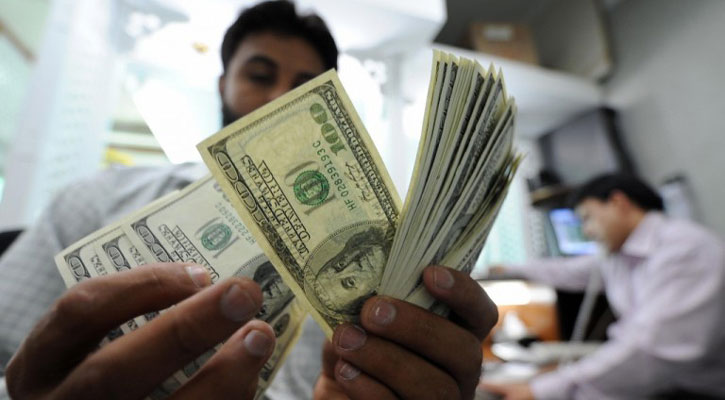Like other parts of the global economy, food supply chains have been disrupted by the coronavirus pandemic and empty supermarket shelves have become a symbol of the crisis.
ARE WE FACING FOOD SHORTAGES?
Panic buying in some countries has led to some grocery staples like pasta and flour being sold out in supermarkets in recent weeks. Retailers say they are able to replenish most products while bakery and pasta firms in Europe and North America have cranked up production.
Food firms say panic purchases are subsiding once households have stocked up and as they adjust to lockdown routines.
However, shoppers may have to get used to less varied or more local food offerings.
Logistical snags from closed borders to reduced workforces are putting strain on usual supply routes, particularly for fresh produce.
With many planes grounded and ship containers hard to find after the initial coronavirus crisis in China, fruit and vegetable suppliers in Africa warn they are struggling to send goods to Europe.
In Kenya, the recent lockdown measures in China curbed shipments of imported fish, providing a boost to local fishermen but raising the risk of a supply shortage.
IS FOOD GOING TO COST MORE?
Prices of agricultural commodities have been volatile as traders have reacted to specific consequences for their sector while also being influenced by dramatic moves in share and oil prices.
Wheat futures have surged in the past week to two-month highs, partly due to the spike in demand for bakery and pasta goods, while corn (maize) has sunk to a 3-1/2 year low as its extensive use in biofuel exposed it to an oil price collapse.
The United Nations’ Food and Agriculture Organisation has warned that any rush by importers to buy staples could fuel global food inflation, despite ample reserves of staple crops.
Swings in commodity markets are not necessarily passed on in prices of grocery goods, as food firms typically buy raw materials in advance. Some poorer countries also have subsidised food programmes that ensure price stability.
Fresh produce like fruit or fish, however, reflects more directly supply and demand.
In France, the agriculture minister called on sellers not to hike prices of produce like asparagus facing seasonal difficulties. At the same time, he encouraged households to buy fish after the shutting of restaurants led to a collapse in wholesale prices.
WILL THERE BE ENOUGH FOOD IF THE CRISIS LASTS?
Analysts say global supplies of the most widely consumed food crops are adequate. Global supplies of wheat are projected at record levels in the year ahead.
Governments have prioritised food supply as part of emergency measures and the G20 group of leading economies has committed to ensuring international flows of agricultural goods as part of their response to the coronavirus crisis.
However, the concentration of exportable supply of some food commodities in a small number of countries has made some traders nervous about logistical hitches or export restrictions.
Prices of soymeal have surged in the past week as restrictions in Argentina on the movement of goods and people and other measures to contain the coronavirus raised the risk of reduced shipments from the world’s biggest exporter of the protein-rich livestock feed.
The wheat market, meanwhile, is scrutinising policy in Russia, the top exporter of the cereal, after calls to restrict exports of other foodstuffs like sunflower oil.






















